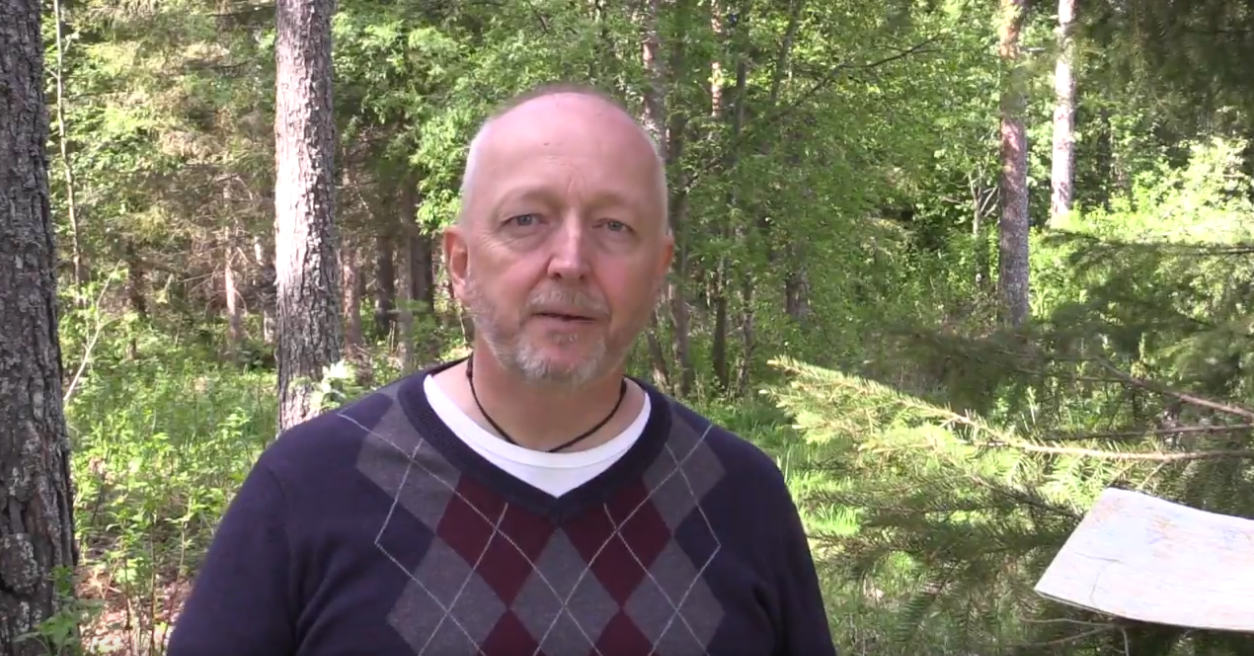
The three main things that will help you to succeed with your business improvement. I talk to a lot of businesses. I visit them, I help them and one of the things that I see in common is that they work very hard improving their business, but at the same time they feel a reluctance from the business or the organization to improve. It’s like the harder they want to improve, the harder the organization resist improvement. And I think that is because the organization doesn’t really understand what the improvement is all about. They’re a little suspicious that the improvement might be the end of their job, for example, or what is going on here. They do want some improvement or people generally want improvement, but they don’t want to change. So here I see three main things that I think is so vital.
The first one is to have a model. If you have a model in your business, that model is a process. We talk as business analysts, we talk about processes, we talk about the advantage of designing a well-functioning process for a business, but a model for our own improvement work is many times missing in the organizations that I meet. So, the first thing then is to have a well-functioning model that will help guide you through the improvements that you need to do. That will make everyone else in the organization understand what it’s all about. Second, I see that you shouldn’t be working alone. You need a team. A team is good to get a broader understanding of the vital improvement work that you’re doing. And you also need to talk to someone about the work that you’re doing in your business. And it could also be very hard to run a major workshop with a lot of people if you’re alone. But if you have a couple of people around in different parts of the organization, you together can work on the improvements.
Otherwise, they will be depending on you or someone else in the organization if you or that other person is the only one working with the improvement. If you or they end their job, they go to another organization then that first organization would miss out of everything because everything is depending on them. So, the third part then is to educate people in the organization.
Now you have the model, now you have the team. Now you need to educate the whole organization about the purpose of doing the improvement work. It’s so important that the organization understand that the improvement work is there for their sake and for the customer’s sake, not for saving money, which many thinks. And if all we’re talking about is saving money, then we have a problem because saving money means cutting down on staff and the organization doesn’t really want that.
But to improve customer value and happiness within the organization. That is something they’re for. So, when I was preparing this video for you, I recalled an event happening many, many years ago, I think 30 years ago. It was when I was in the officer’s candidate school. It was me and my colleagues and we were out in the forest having basic training. It was a beautiful warm or almost hot summer day and there were a lot of mosquitoes. And mosquitoes just love 30 guys walking through the forest sweating. So, it was tough. But the thing was that we started out and everyone was as happy as could be in that circumstance. But the longer the day went, and we walked kilometers by kilometers through the forest, the team started to be a little apathetic. They started to think about other things than the right here and now.
We had a break and the instructor came up to me and just told me what he sees in the troops and that they have become more apathetic about the situation. He suggested something to me that I took along for the rest of my life. And that was, that he wanted me to take the map. You may wonder why they had that on the pine tree here. But, he wanted me to take the map and go through and talk to groups, subgroups of the whole unit. And describe where we were, where we’re heading, what we were expecting to see. So here you have a lake. We’re going on the southern part of the lake. We will see the lake will come up to the road. When we come to the road, we need to pass the road in a certain way, so we are not seen by the enemy forces and so on.
So, I did that. I went through three, four, five maybe walkthroughs with smaller groups. And explained to them where we were on the map and I would show them the map. When we continued the movement, they changed their mindset. Suddenly they were a part of that walk. They felt that they had a purpose with the walk. They forgot the last couple of hours because I made an error. I didn’t tell them. I didn’t show them the map. I didn’t talk about the map. So, business analysts, we need to talk about the map, the improvement map. The model that we have for our improvement. We need to talk to the team, to the organization, we need to describe where we are, where we’re going and what is going to happen near future and long term.
So that’s my message for this video. To wrap it up, you need a model, so you can share the model with the organization. You need a team so you’re not just you, because just you is vulnerable and you need three. You need to educate, the not just the team, the organization about the model and what you as a team can provide for them.

